Sapphire Buying Guide for Beginners
Sapphire Buying Guide for Beginners
Sapphires, especially the blue variety, have long been one of the most sought-after gemstones. With their unmatched durability, wide range of colors, and deep symbolic meaning, they are a favorite for custom jewelry and investment pieces. If you're new to purchasing sapphires, this guide will help you make informed decisions by breaking down the essential factors to consider.
What is a Sapphire?
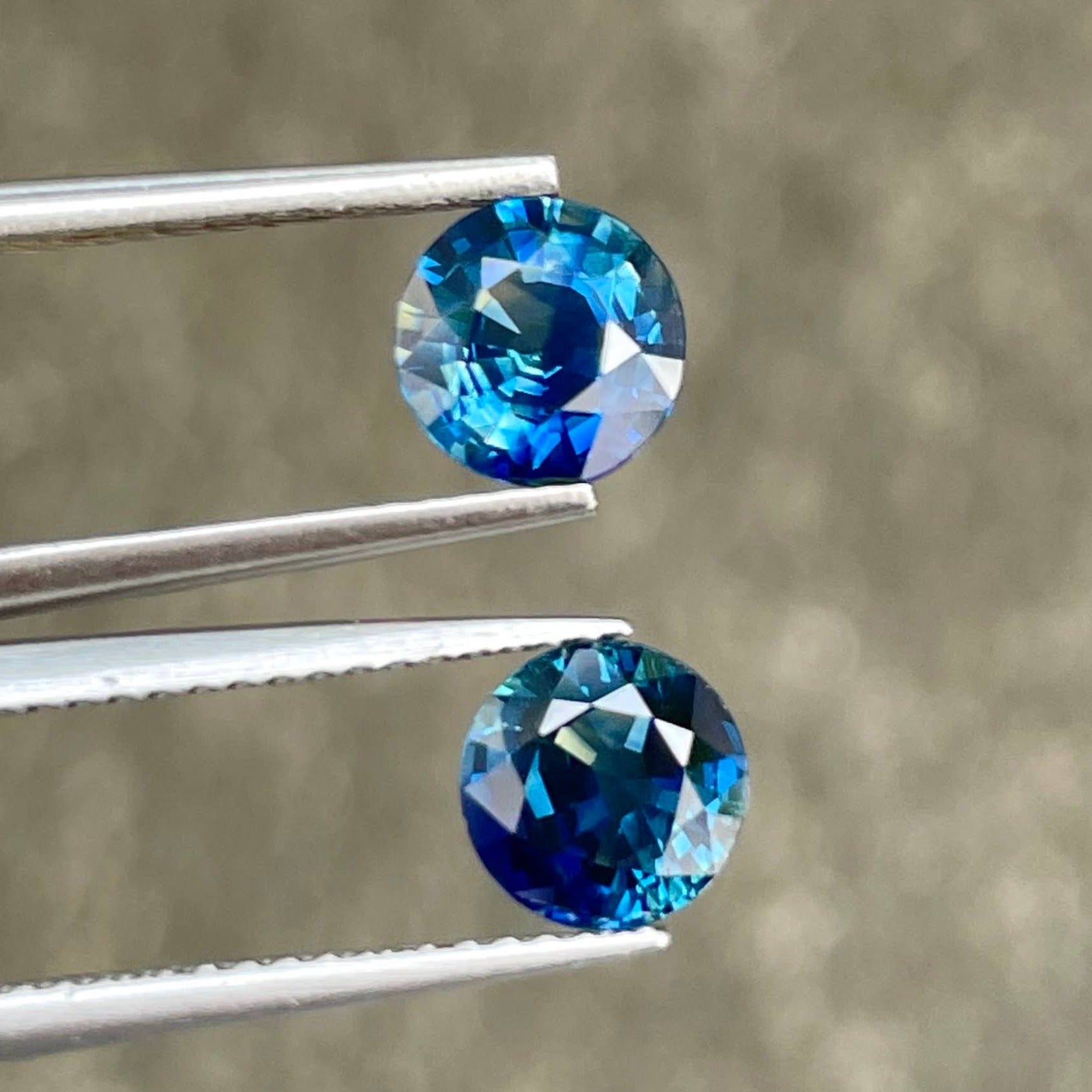
Sapphire is a variety of corundum, a mineral known for its hardness, second only to diamonds. While most people associate sapphires with the color blue, they actually come in a wide array of colors, including pink, yellow, green, and even colorless. The only color sapphires don’t come in is red, as red corundum is classified as a ruby.
Sapphires are prized for their strength, resistance to scratching, and brilliance. This makes them not only a beautiful choice for engagement rings but also for other pieces of fine jewelry that can be worn daily.
Key Factors to Consider When Buying a Sapphire
1. Color
The color of a sapphire is one of its most important qualities. While blue sapphires are the most popular, sapphires can be found in nearly every color, such as pink, yellow, green, orange, and purple. Fancy sapphires are those in non-blue colors and can make for stunning and unique jewelry.
-
Blue Sapphires: The most desirable blue sapphires have a medium to deep blue tone, free from gray or overly dark patches. Sapphires with a vivid, velvety blue color, often called "cornflower blue," are considered premium quality.
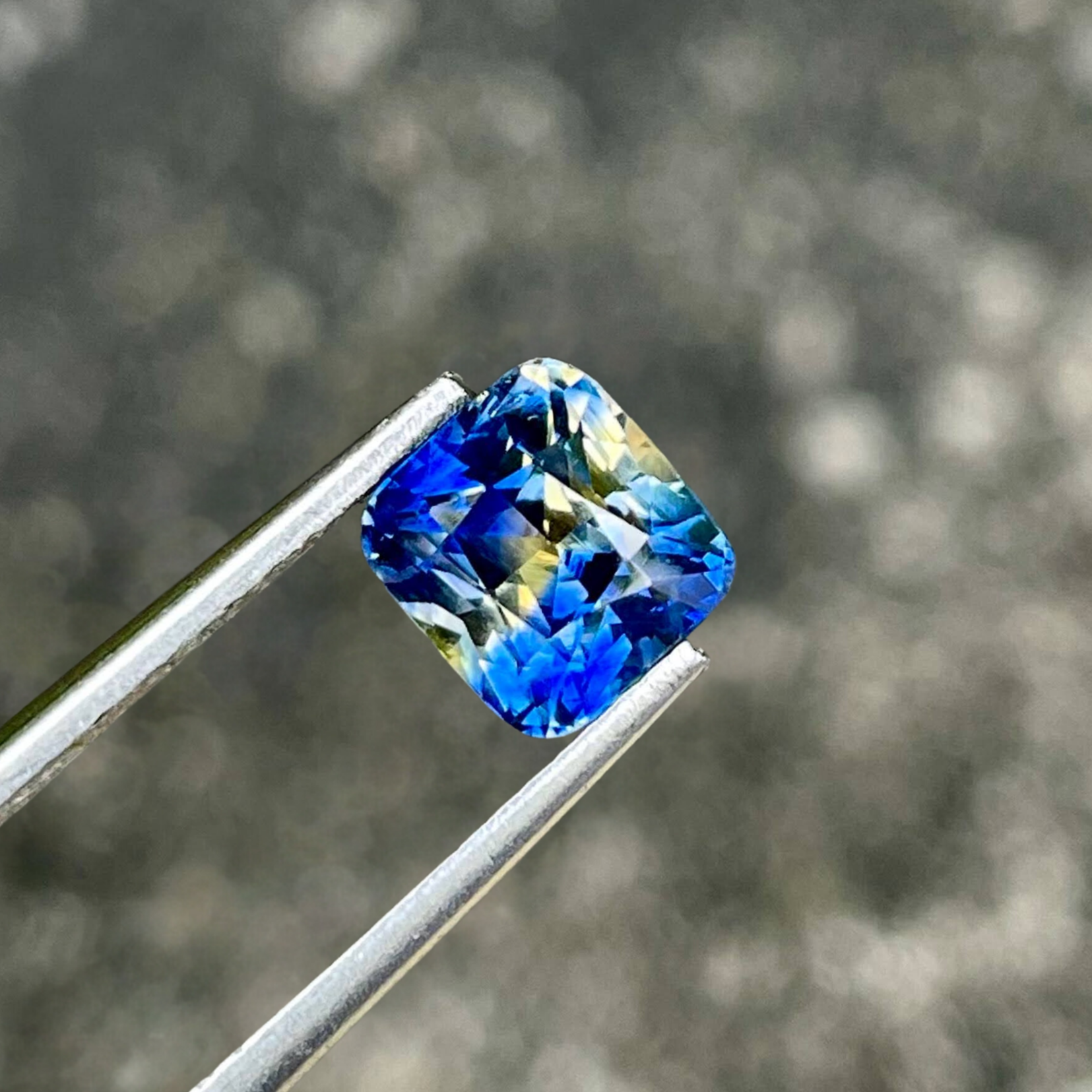
-
Pink and Yellow Sapphires: These have gained popularity in recent years and are used in modern designs. Lighter, pastel colors are often less expensive, while more intense hues can be quite valuable.
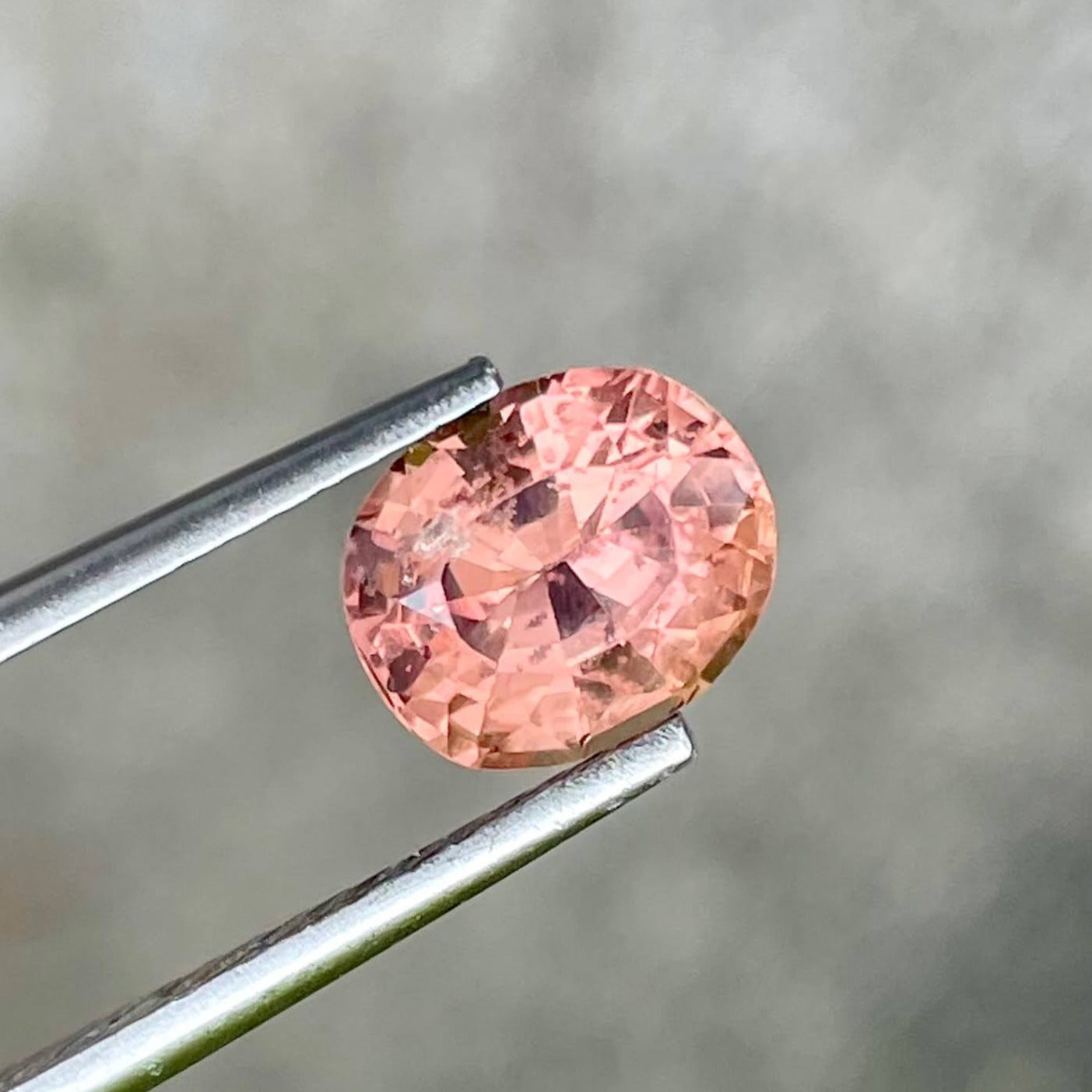
-
Color-changing Sapphires: Some sapphires can change color depending on the lighting, shifting from blue in natural light to purple under artificial lighting. This rarity adds a fascinating dimension to the gemstone.
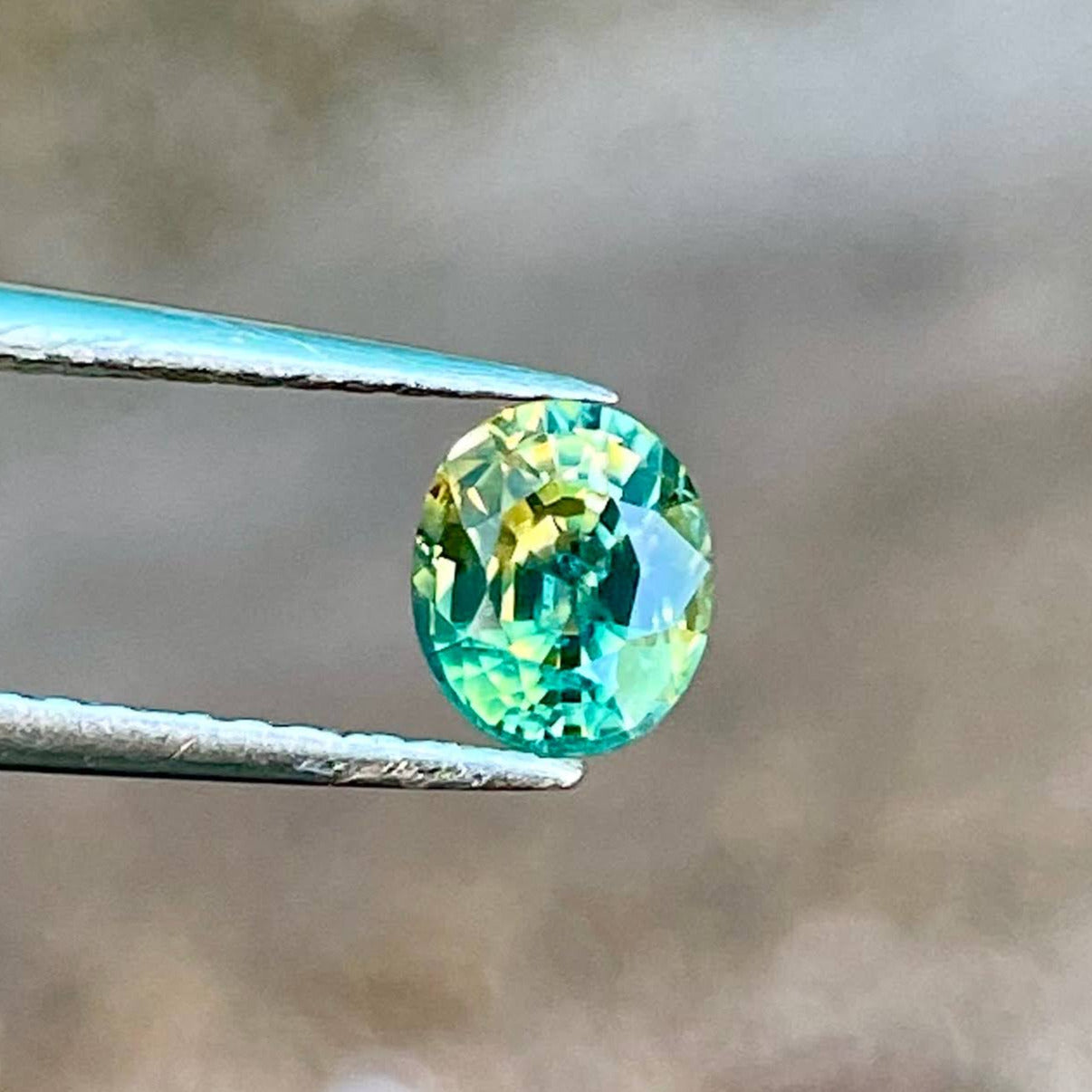
-
Saturation and Hue: Sapphires with intense and uniform color are more valuable. Pale or overly dark stones are generally less valuable.
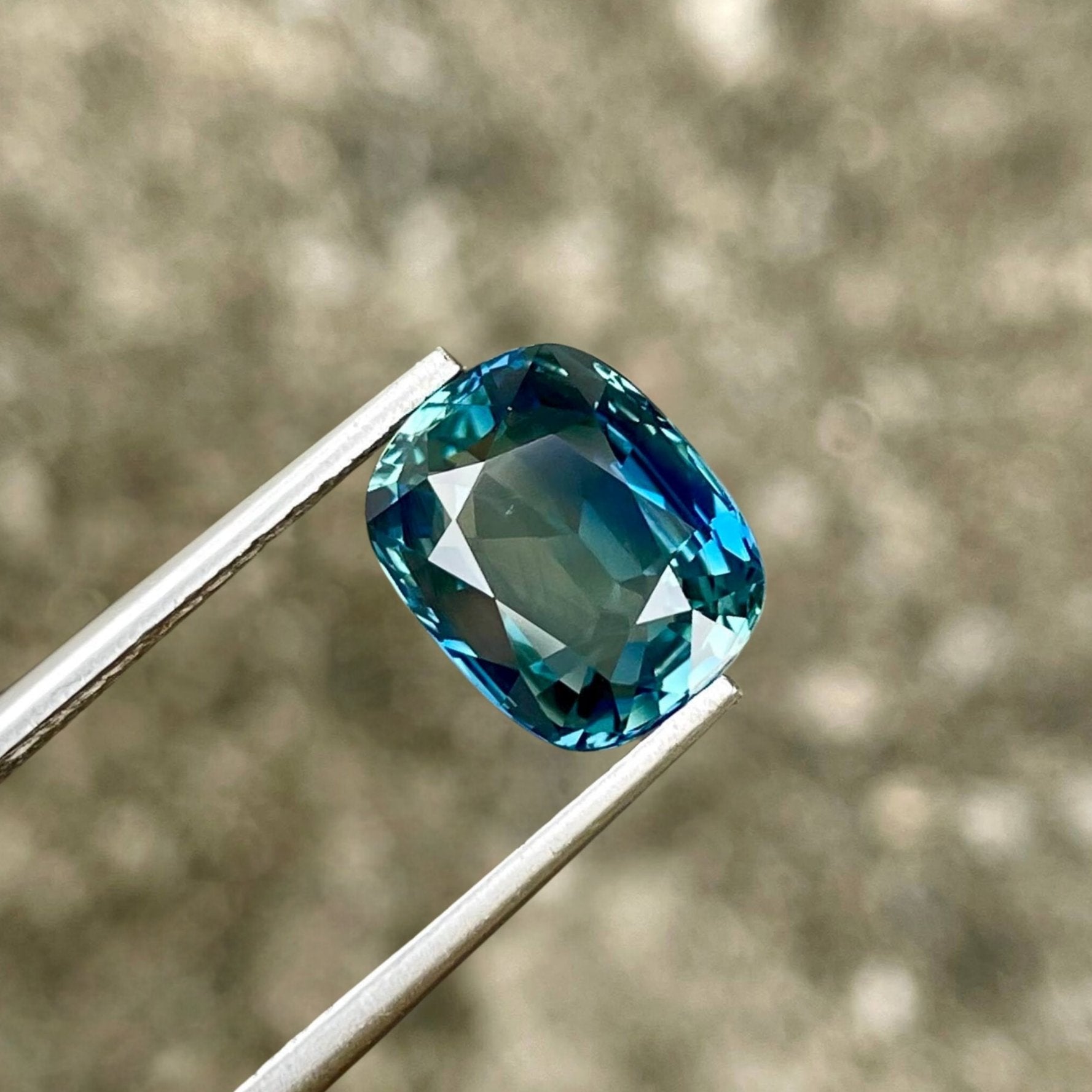
2. Clarity
Like most gemstones, sapphires can have inclusions, or internal imperfections. However, sapphire clarity is judged less strictly than that of diamonds. Most sapphires contain inclusions that are visible only under magnification, and eye-clean sapphires (those with no visible inclusions to the naked eye) are rare and more valuable.
- Eye-clean Sapphires: These are considered top-tier as the inclusions are invisible to the naked eye.
- Feathered Inclusions: Most sapphires have fine inclusions called "feathers," which are common and typically do not detract from the gem’s beauty or durability.
- Star Sapphires: These contain needle-like inclusions that create a star effect called asterism. These sapphires are valuable for their unique visual effect.
3. Cut
The cut of a sapphire refers to how the gem is shaped and faceted to enhance its brilliance and beauty. A well-cut sapphire will reflect light evenly, showing off its color and brilliance.
-
Traditional Shapes: The most common cuts for sapphires are oval, cushion, and round.
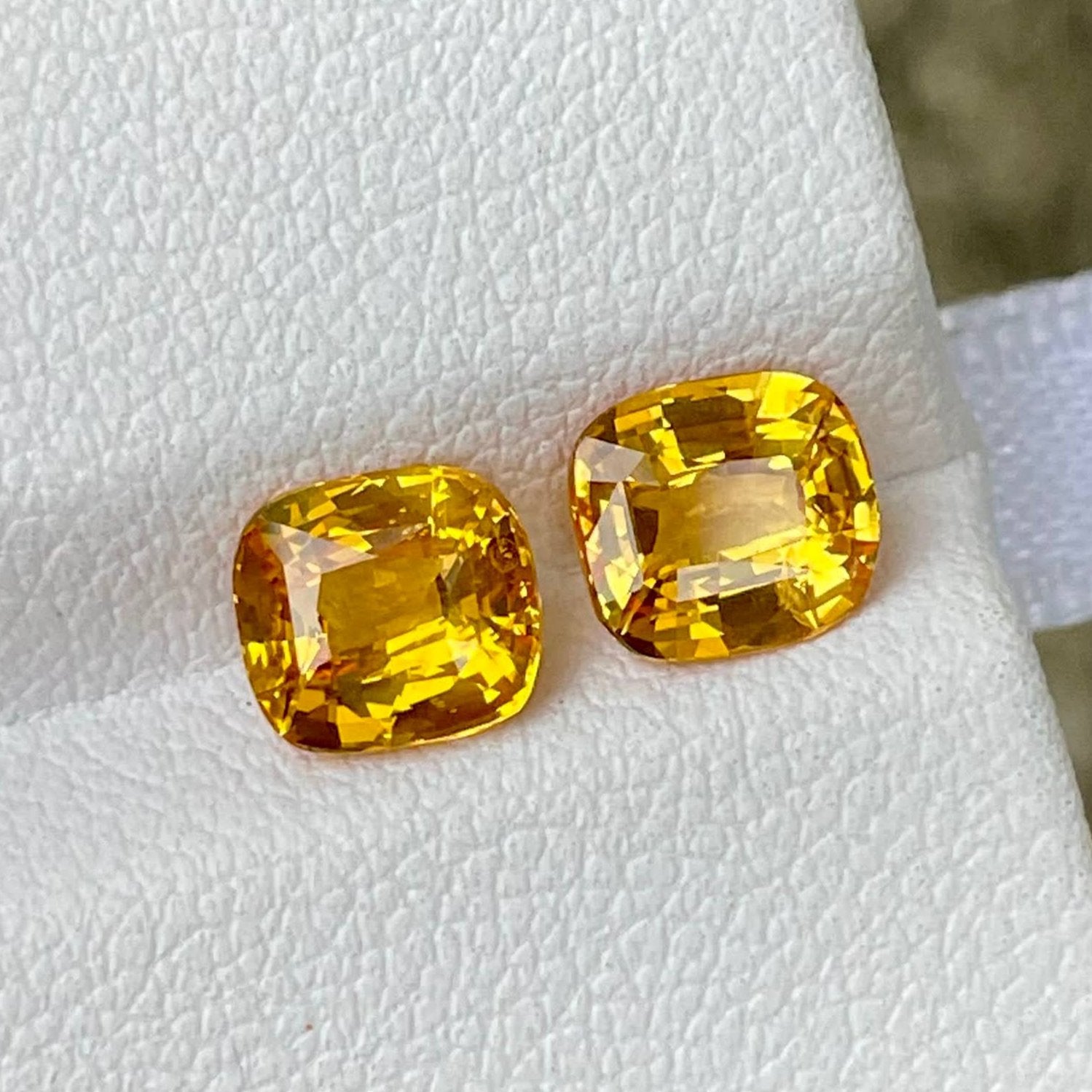
-
Step Cut (Emerald Cut): This type of cut has rectangular facets that give the sapphire a unique appearance. It’s great for those looking for a sophisticated and elegant style.
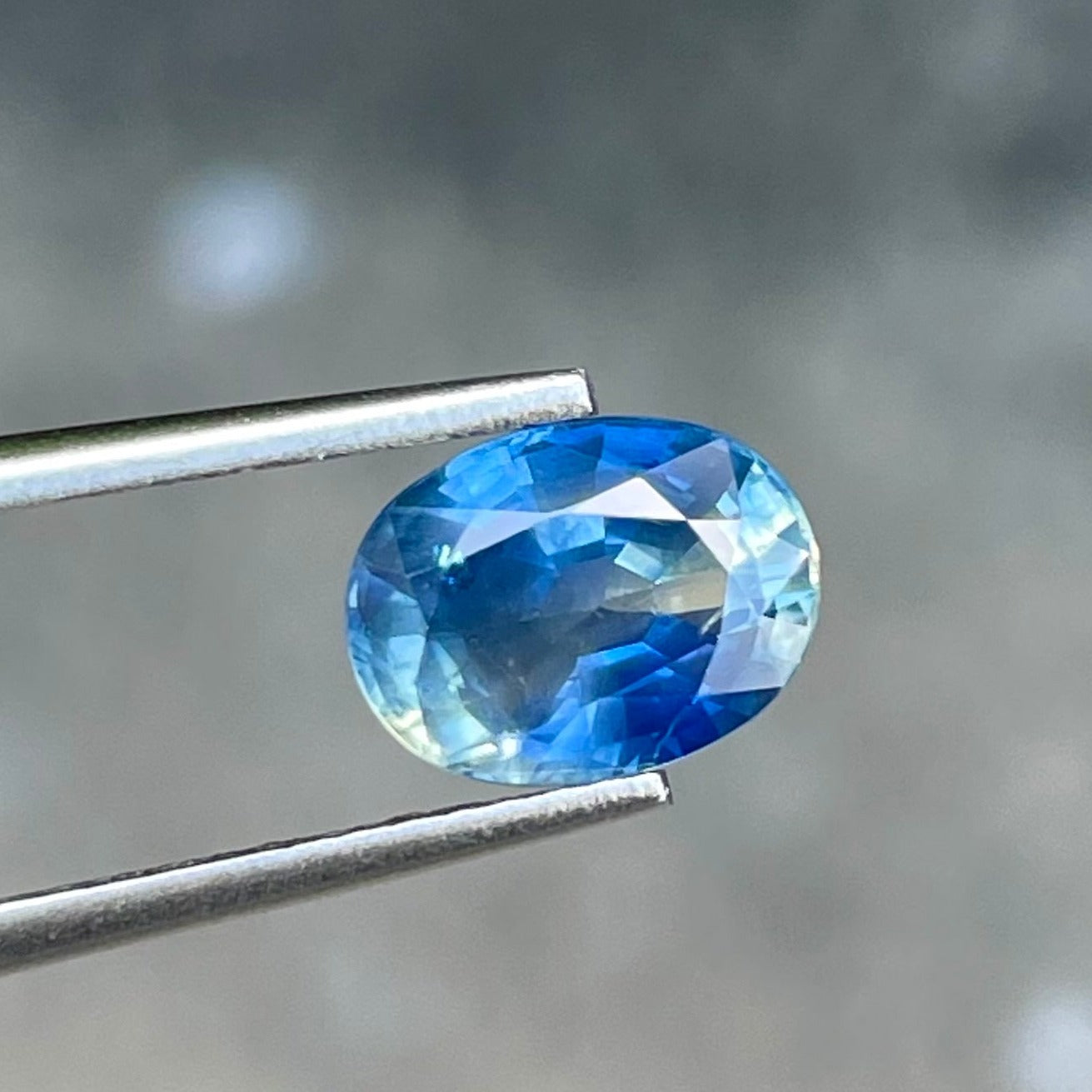
-
Cabochon Cut: This non-faceted, polished cut is commonly used for star sapphires, as it enhances the asterism effect.
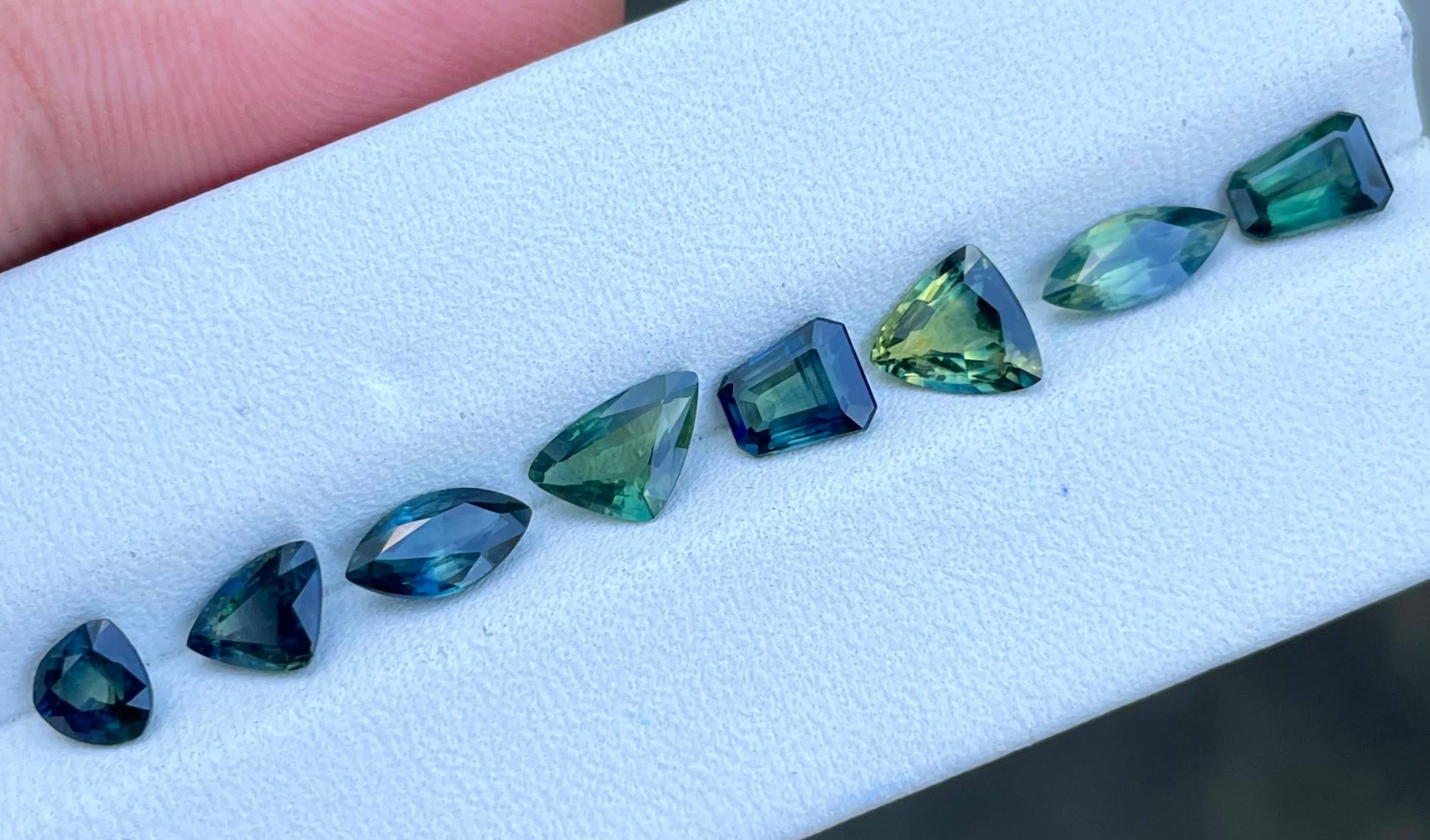
A well-executed cut can hide inclusions and maximize the stone's brilliance, while a poor cut can make a sapphire look dull.
4. Carat Weight
Sapphires are available in a wide range of sizes. Generally, the larger the sapphire, the rarer it is, especially if it possesses high-quality color and clarity. A one-carat sapphire can vary significantly in price depending on its other attributes, like color and clarity. Unlike diamonds, sapphires of the same carat weight can appear larger or smaller depending on their cut.
5. Origin
The origin of a sapphire can affect its price and desirability. Certain regions are known for producing higher-quality stones.
- Kashmir: Known for producing some of the finest sapphires in the world, Kashmir sapphires are famous for their velvety blue color and are extremely rare.
- Sri Lanka (Ceylon): Sri Lankan sapphires are known for their variety of colors, including blue, yellow, and pink. Ceylon sapphires are highly regarded for their clarity and brightness.
- Madagascar: A relatively new source, Madagascar produces a large quantity of sapphires in a variety of colors.
- Burma (Myanmar): Sapphires from Burma are prized for their deep, rich color and excellent clarity.
6. Treatment
It’s important to know whether a sapphire has been treated to enhance its appearance. Most sapphires on the market have undergone some form of treatment, the most common being heat treatment. This is a permanent treatment that enhances the color and clarity of the gemstone.
- Untreated Sapphires: These are rare and more valuable, as they retain their natural beauty without any enhancements.
- Heat-treated Sapphires: These stones have been heated to improve their color and clarity. Heat-treated sapphires are common and still valuable, but they are less expensive than untreated stones.
- Diffusion-treated Sapphires: This treatment adds color to the surface of the sapphire, but the color does not penetrate deep into the stone. Diffusion-treated sapphires are less valuable and should be disclosed by the seller.
Popular Uses of Sapphires in Jewelry
Sapphires are highly versatile and can be used in various types of jewelry. Their durability makes them ideal for everyday wear, and their stunning color and brilliance can add elegance to any piece.
- Engagement Rings: Sapphires, especially blue ones, have become a popular choice for engagement rings, offering a colorful and durable alternative to diamonds.
- Necklaces and Pendants: Sapphires are often set in necklaces, particularly as centerpieces in pendants. Blue sapphires in a white gold or platinum setting can create a classic, elegant look.
- Earrings: Sapphires, especially in fancy colors like pink or yellow, are often used in stud earrings or drop earrings for a pop of color.
- Bracelets: Sapphire-studded tennis bracelets or bangles add a touch of luxury and can be worn daily due to the gemstone’s hardness.
Conclusion: A Timeless Investment
Whether you’re drawn to the classic blue sapphire or one of the many fancy color varieties, these gems offer lasting beauty and value. With the information in this guide, you can make an informed choice when selecting a sapphire for your jewelry collection.

At Gandhara Gems, we specialize in premium, 100% authentic sapphires. Our collection features a wide variety of sapphires in different sizes, colors, and price ranges. Explore our range of high-quality sapphires and find the perfect gem for your custom jewelry piece.
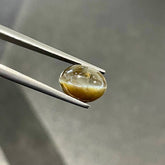
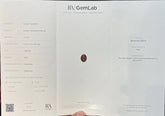
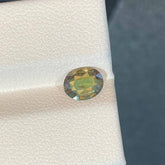
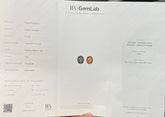
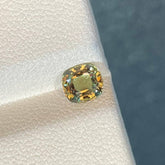

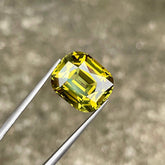
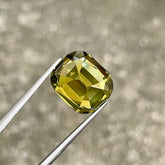
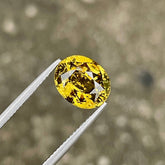
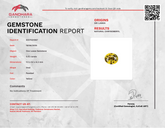
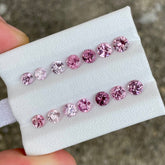

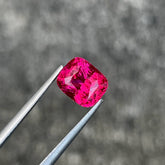

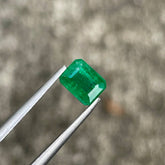

Leave a comment
Please note, comments need to be approved before they are published.